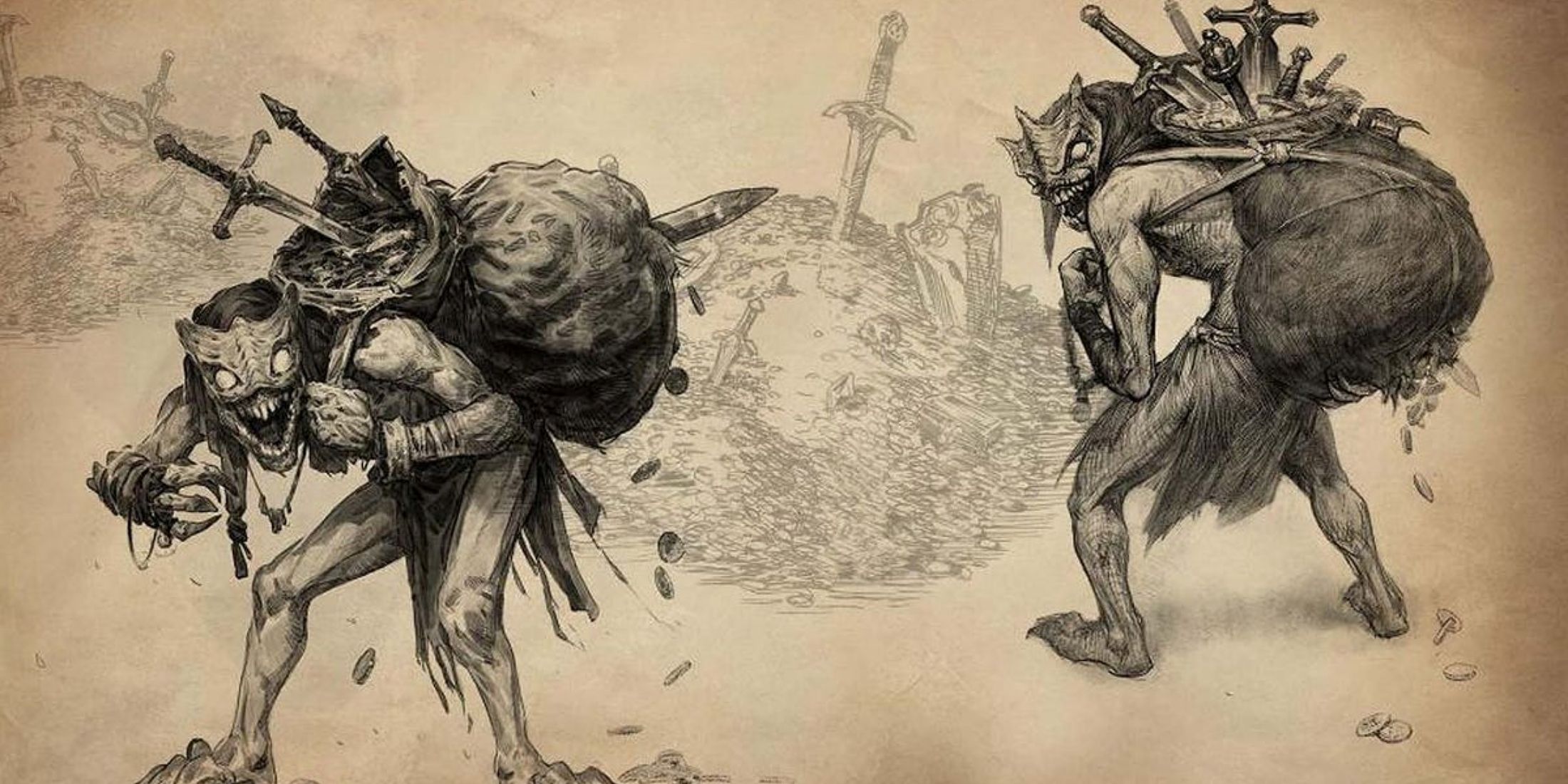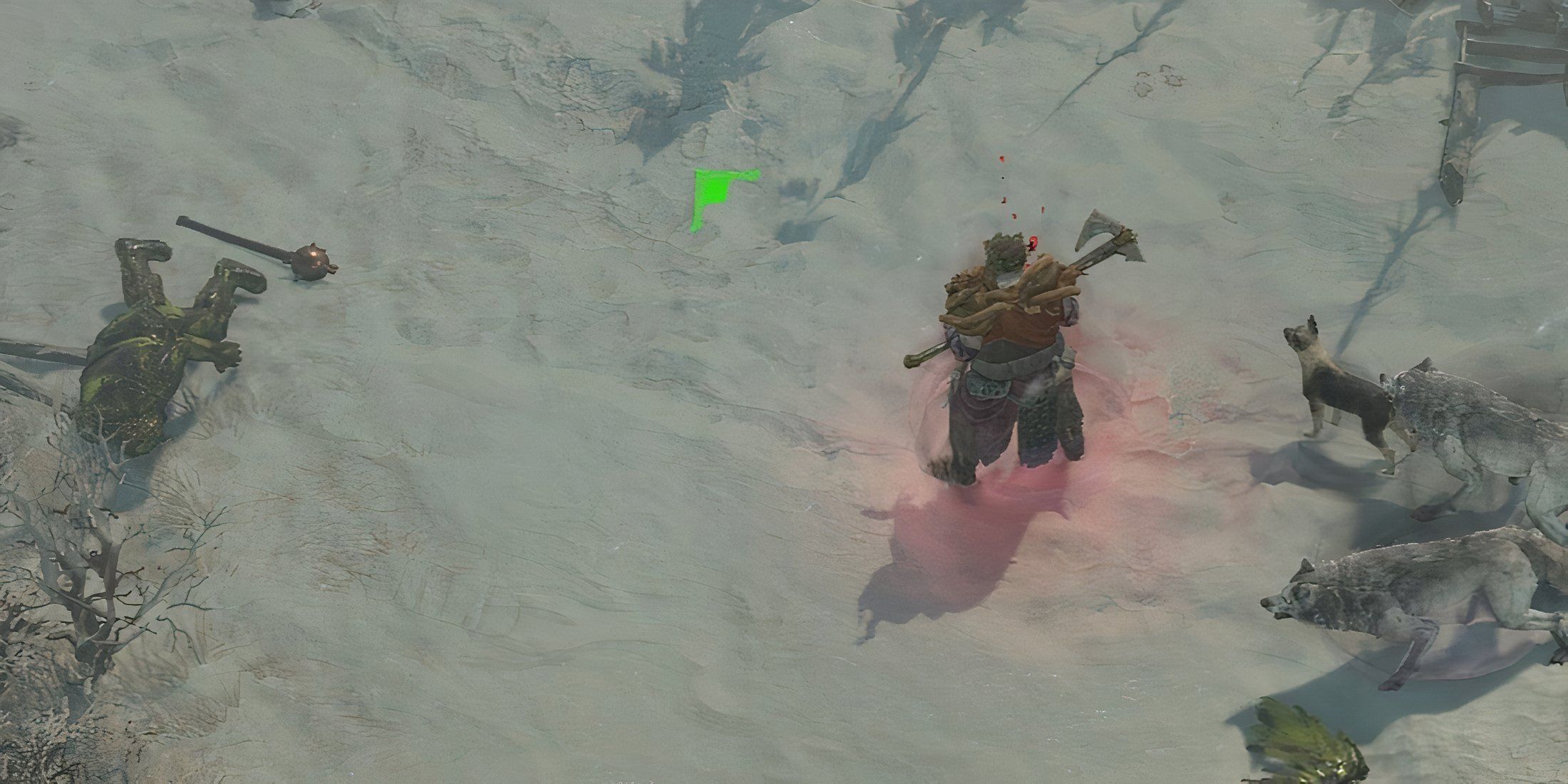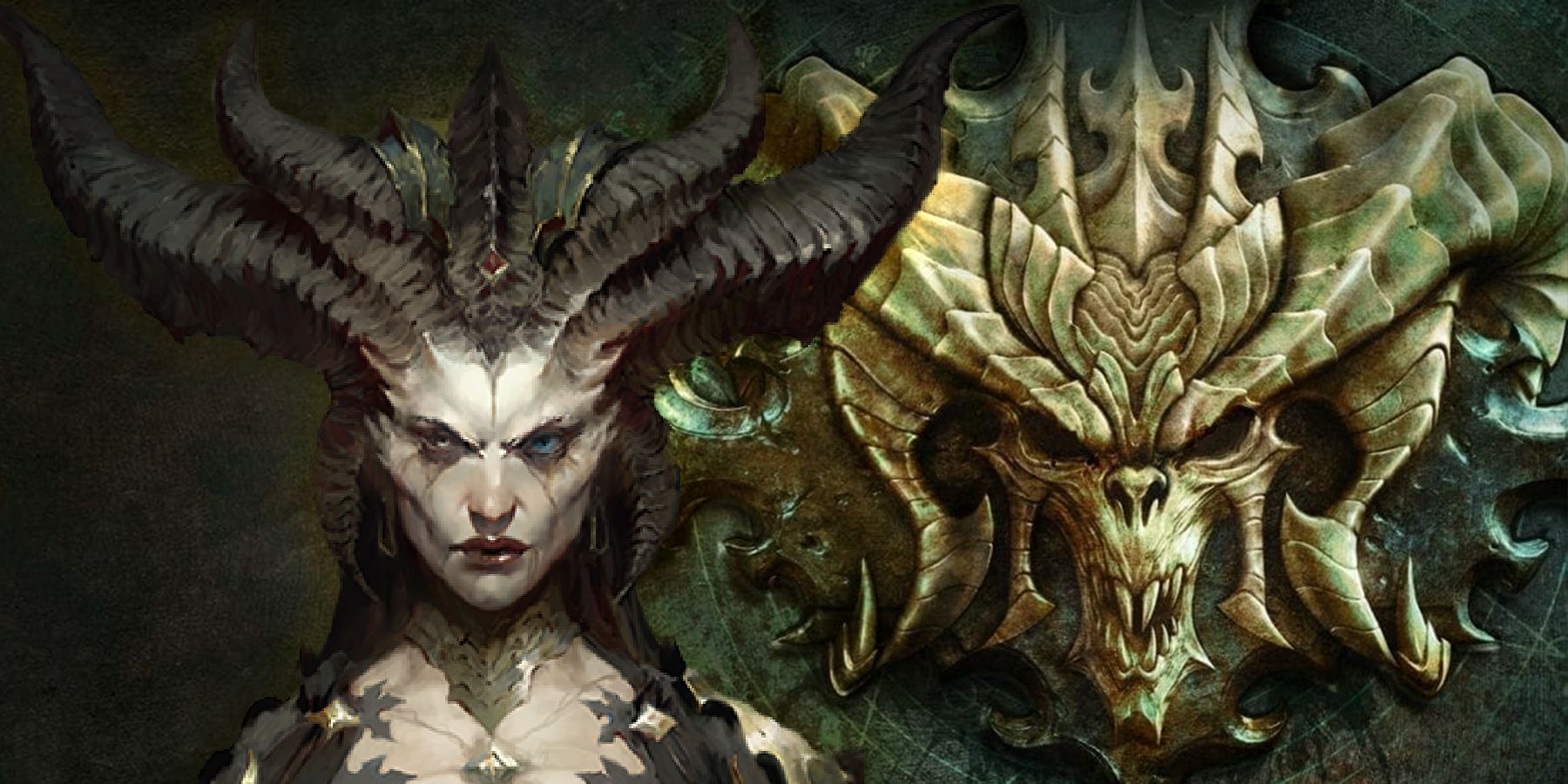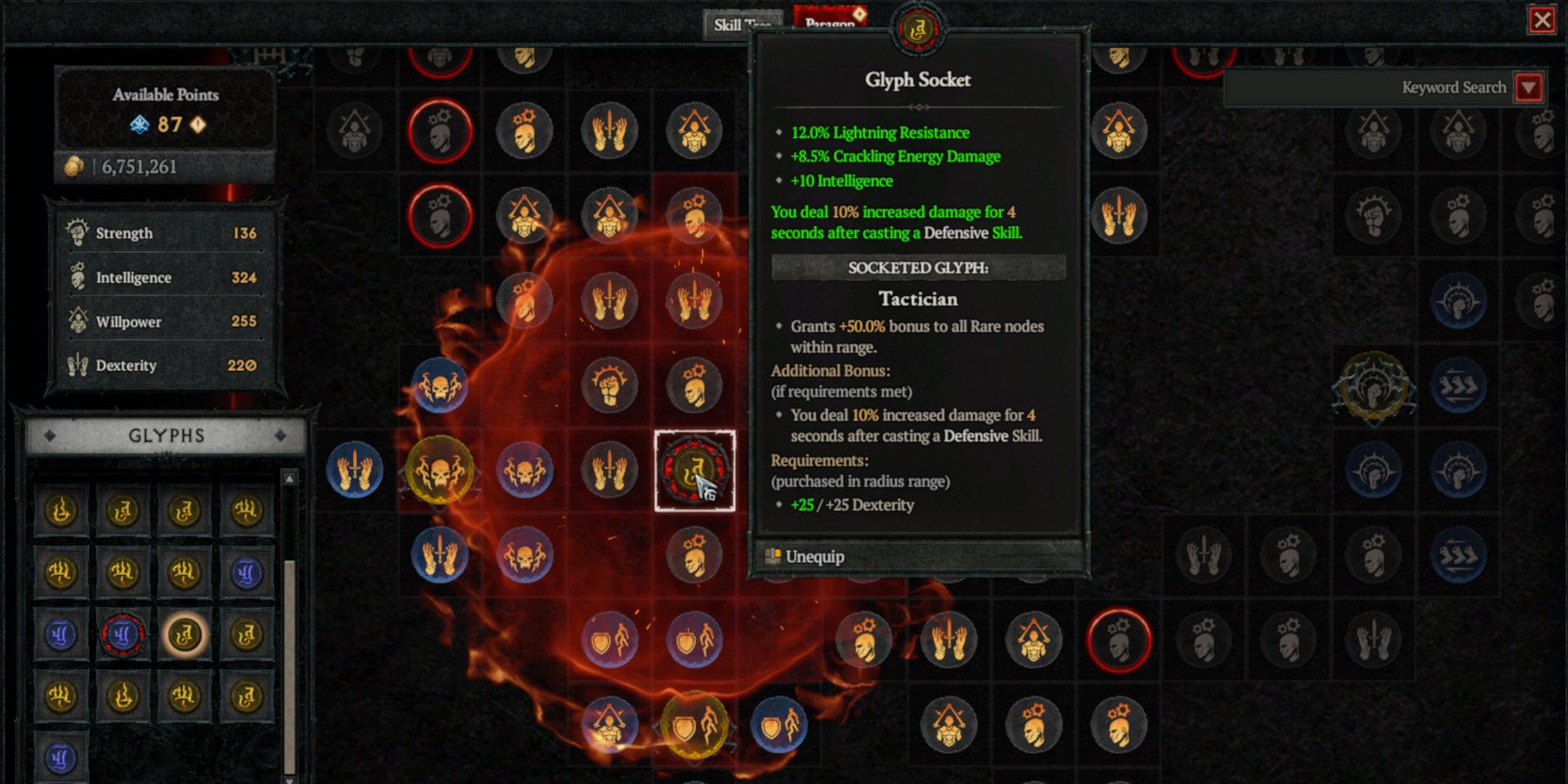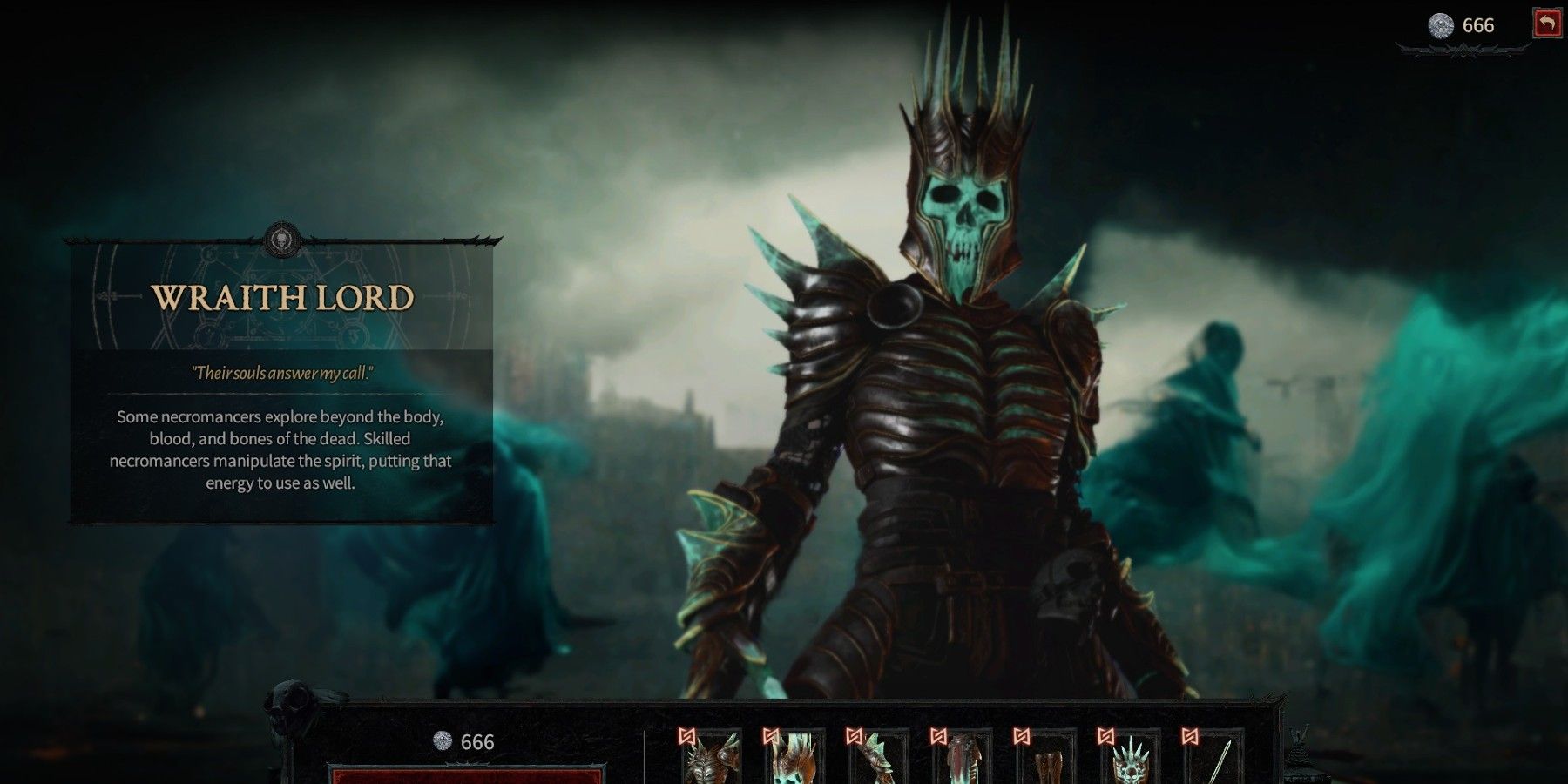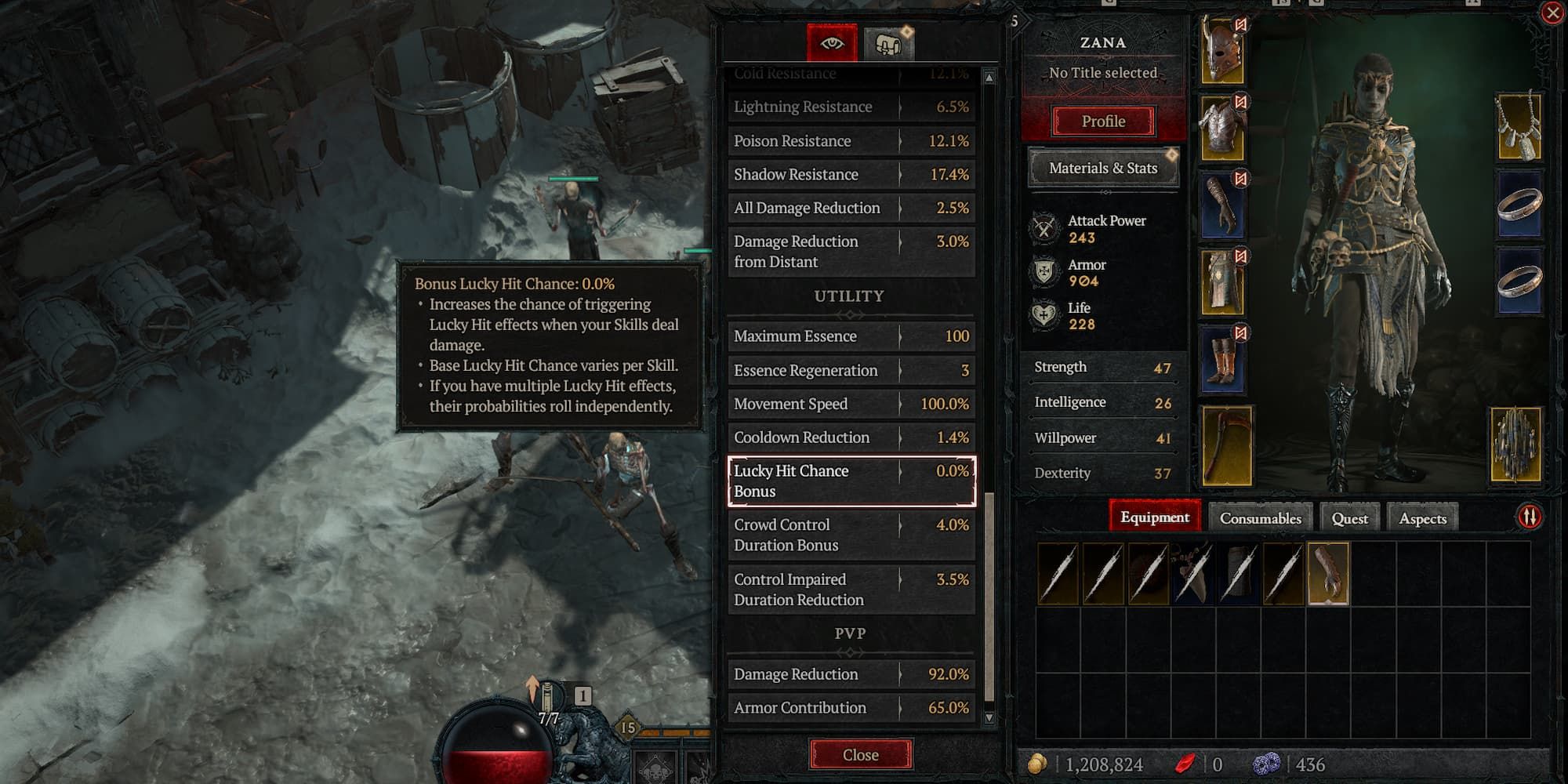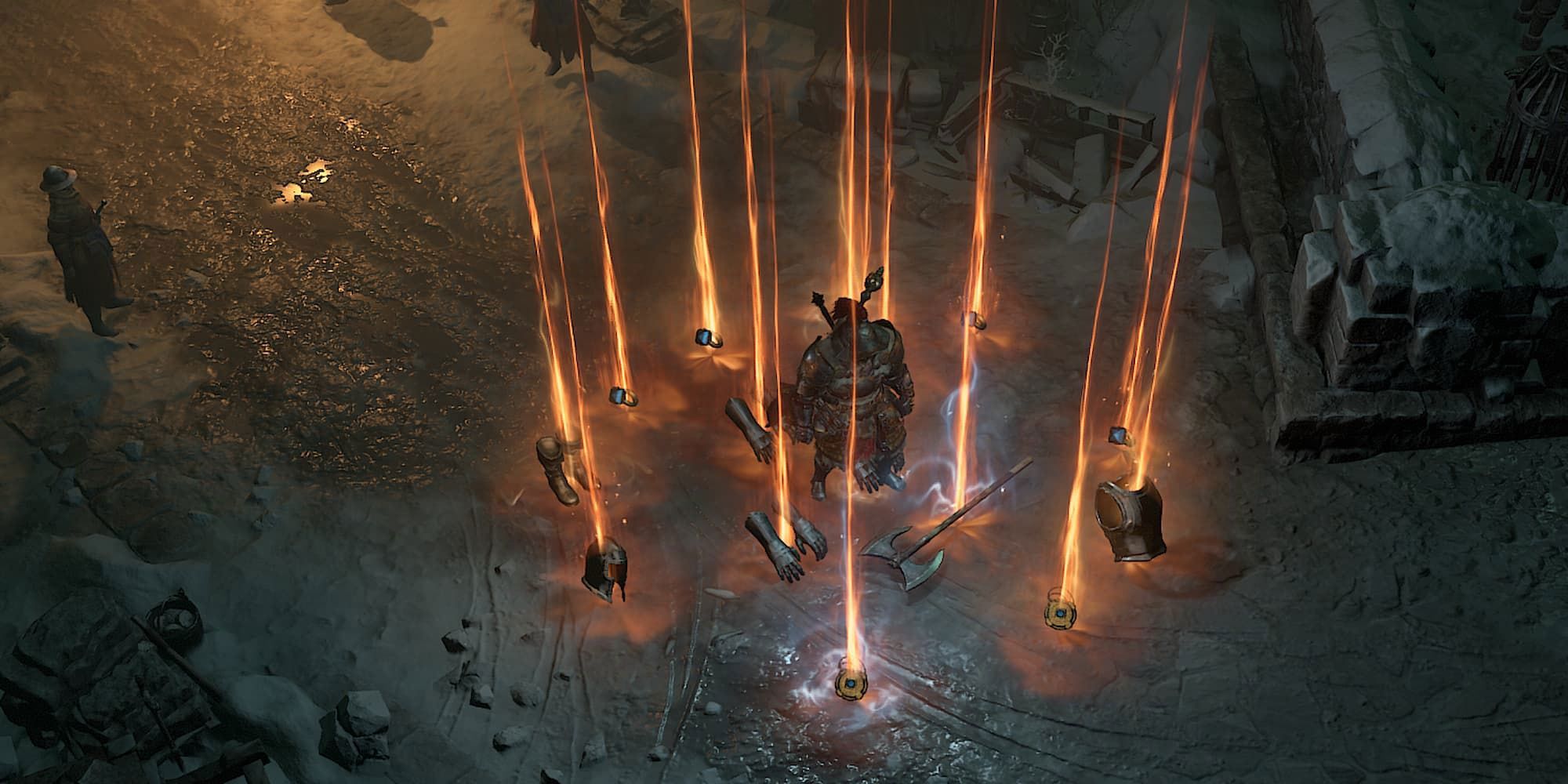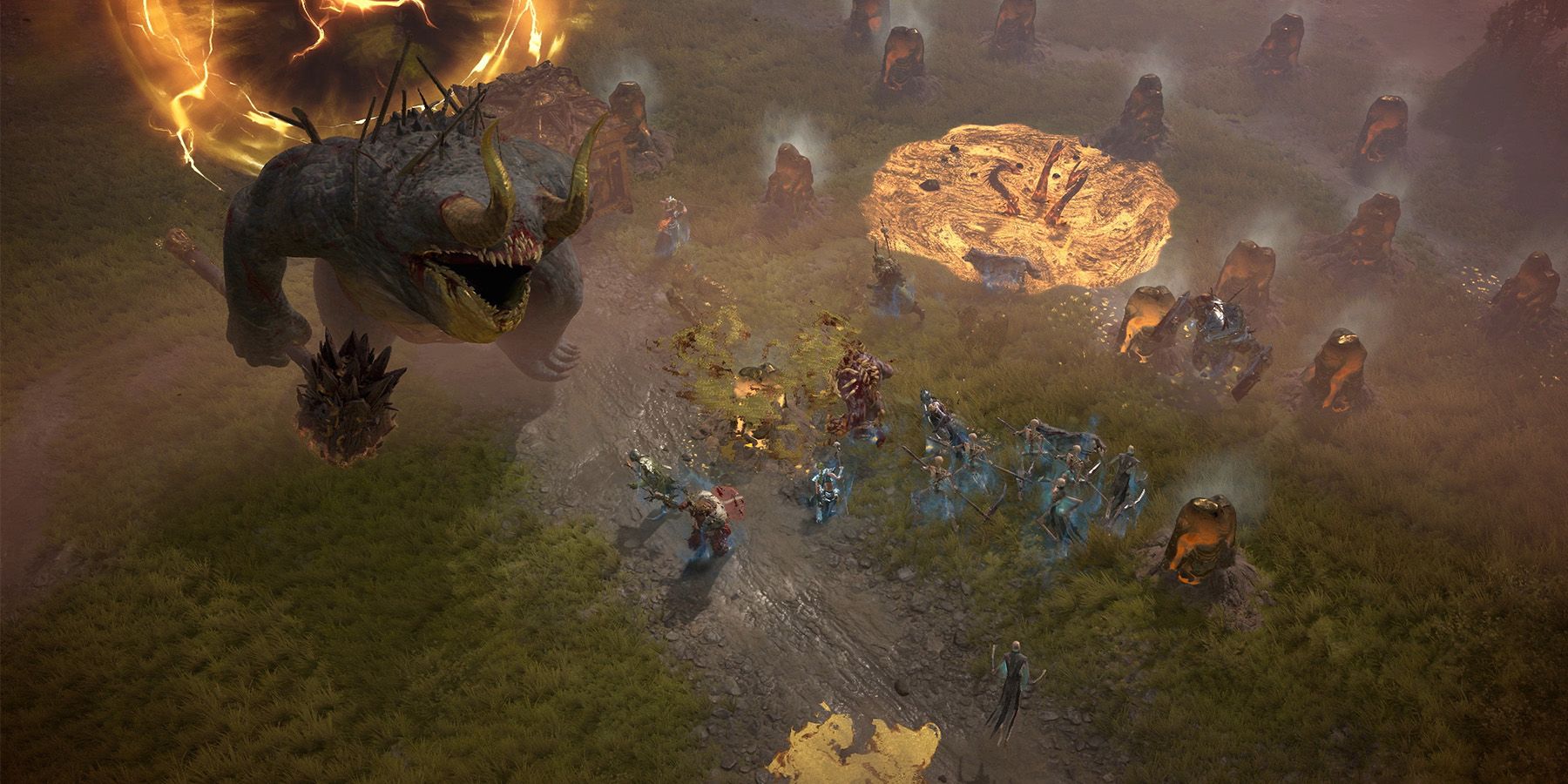Much of the praise for Diablo 4 has come from the fact that it shares many similarities with the fan-favorite Diablo 2, but some players may have overlooked the features that have returned from Diablo 3. Although Diablo 3 is arguably the most controversial entry in the series, it did introduce some ideas that developer Blizzard preserved for Diablo 4. While Diablo 2 many have served as the main inspiration for Diablo 4, for better or for worse, it's clear there is still a degree of Diablo 3's DNA baked into the design of this latest entry.
Many players were disappointed with the release of Diablo 3 as it shed popular elements from Diablo 2 such as the darker art style and more compelling story. While Diablo 3 was billed as more accessible to new players as it was the first time the series hit home consoles and offered improved control schemes, many hardcore fans felt it was a downgrade from its predecessor as a result. Blizzard seems to have taken these criticisms into consideration when developing Diablo 4, carrying over features from both Diablo 2 and Diablo 3 to the game.
Paragon System
One popular feature introduced in Diablo 3 was the Paragon system that comprised much of the endgame build progression. This system let players earn a point for each level they reach beyond level 60 that could be spent to increase a stat under one of four categories: Core Stats, Offensive, Defensive, and Utility, with no cap on Paragon levels. Diablo 4's version of the Paragon system introduces Paragon Boards where players earn points once they reach level 50 that can be spent to unlock adjacent tiles with various stat-increasing effects, maxing out at 220 total Paragon points.
Transmogs
Another important customization feature introduced in the Reaper of Souls expansion for Diablo 3 was the transmog system that allowed players to change the appearance of their gear while maintaining its stats. Players could dye their gear or even give it a legendary appearance for a price by talking to the Mystic Artisan. The transmog feature returns in Diablo 4, but is overhauled to allow players to salvage unwanted items by visiting the Blacksmith, which then unlocks the ability to change the appearance of a piece of equipment to match that salvaged item by visiting a wardrobe.
Simplified Item Storage
In the name of inventory management simplification, Diablo 3 overhauled the item storage system from Diablo 2 to make it much more user-friendly. Rather than having players organize their inventory based on a grid system with different items taking up different amounts of space, Diablo 3 changed all items to be the same size within the inventory and allowed some items like gems to be stacked in high quantities. Diablo 4's inventory UI may be reminiscent of Diablo 2's, but it maintains the same one-size-fits-all approach to items as Diablo 3 in order to streamline item acquisition.
Legendary Items
Legendary quality items debuted in Diablo 3 as a replacement for Diablo 2's uniques, to the disdain of many treasure hunters. However, Diablo 4 offers the best of both worlds as both Diablo 3's legendary items and Diablo 2's unique items are now both present in the game. While legendary is no longer the rarest quality like it was in Diablo 3, it's still great to see legendaries return to Diablo 4 in some capacity.
Always Online Requirement
Not all returning features from Diablo 3 are positive gains for Diablo 4 as is demonstrated by the return of Diablo 3's controversial always online requirement. One element maligned by Diablo 3 players was the need to constantly be connected to the game's servers in order to play, even while playing solo. Diablo 4 repeats this mistake, which has already caused problems for players during server outages.
Diablo 4 is available for PC, PS4, PS5, Xbox One, and Xbox Series X/S.

